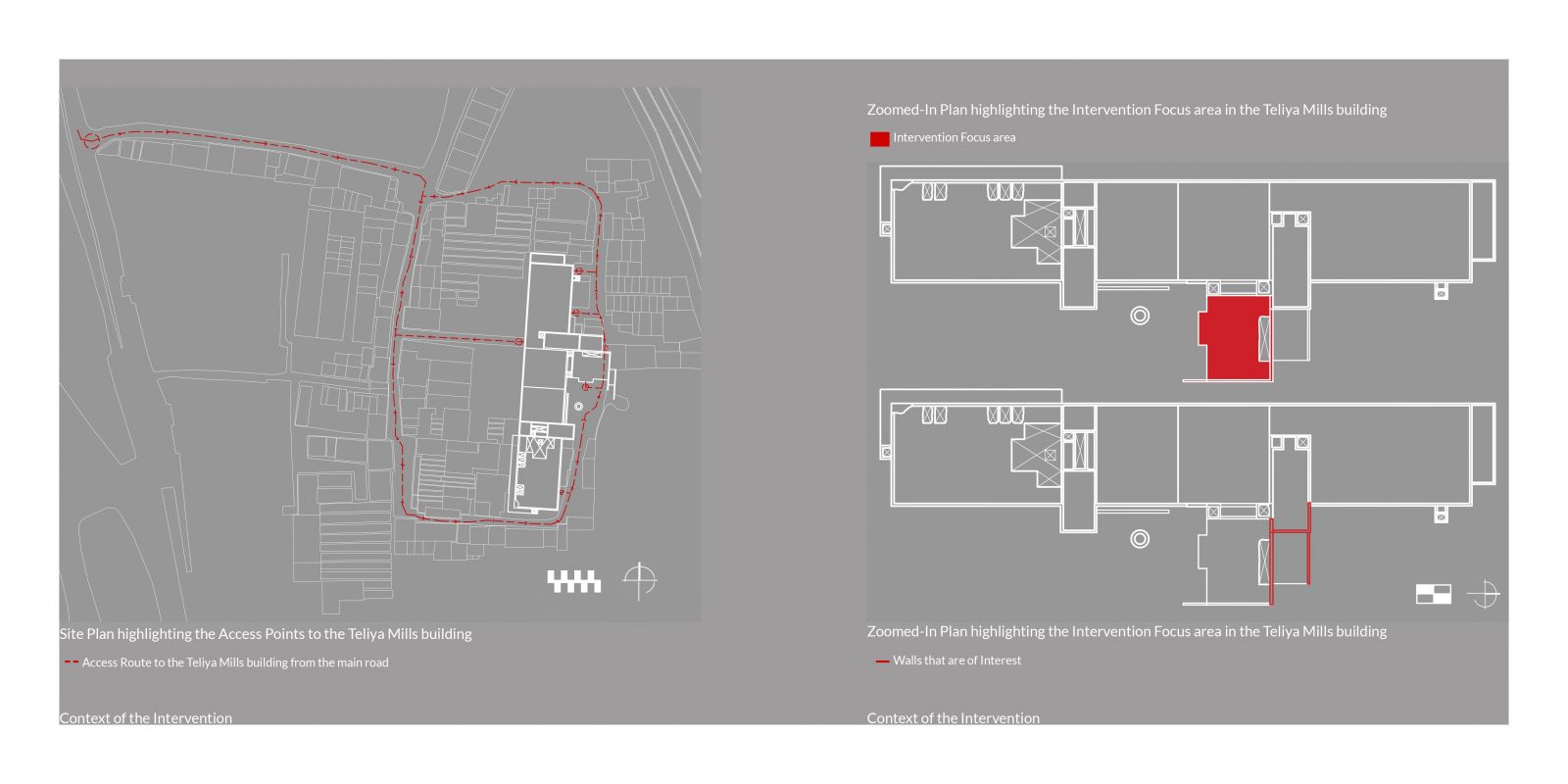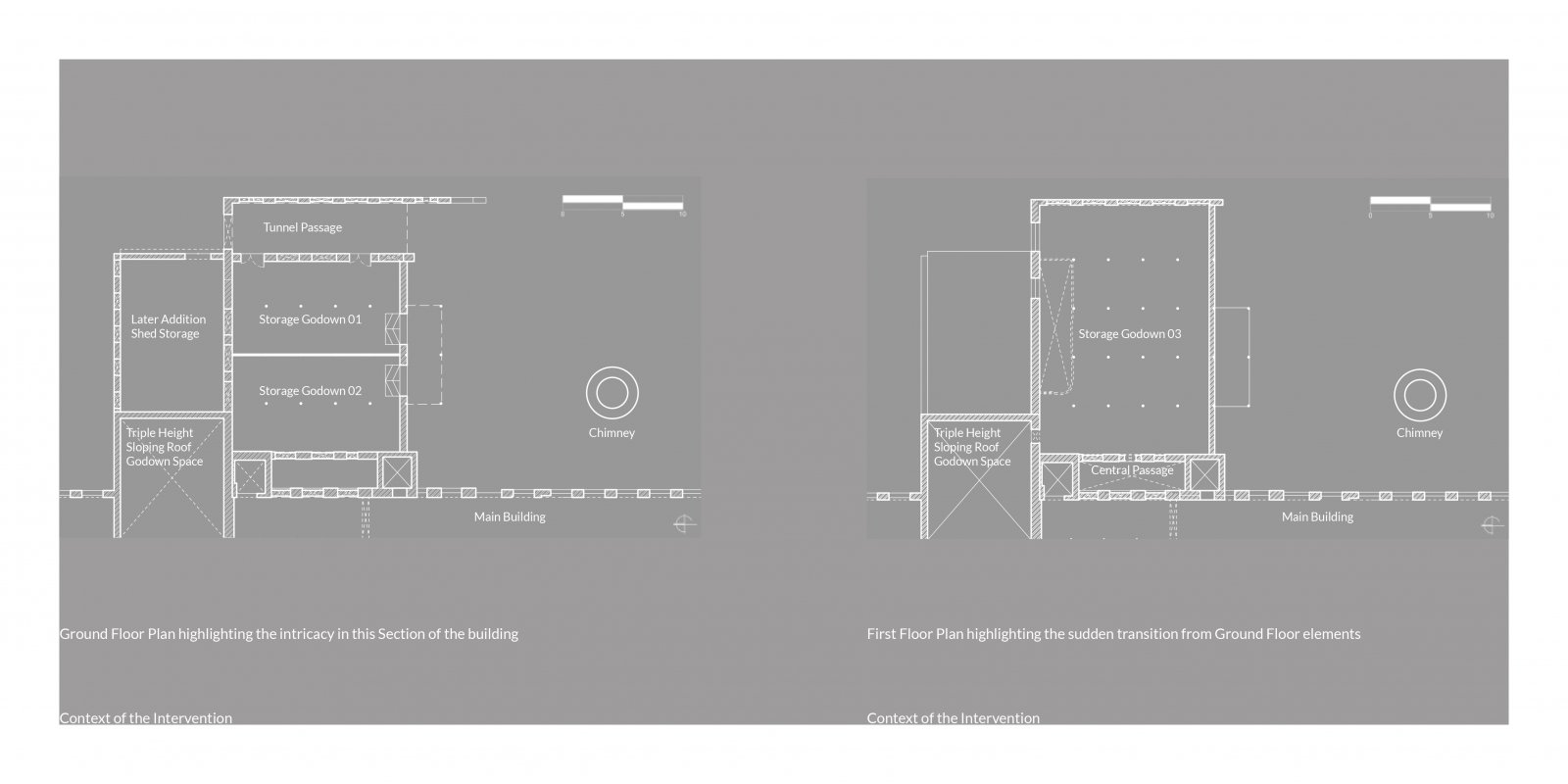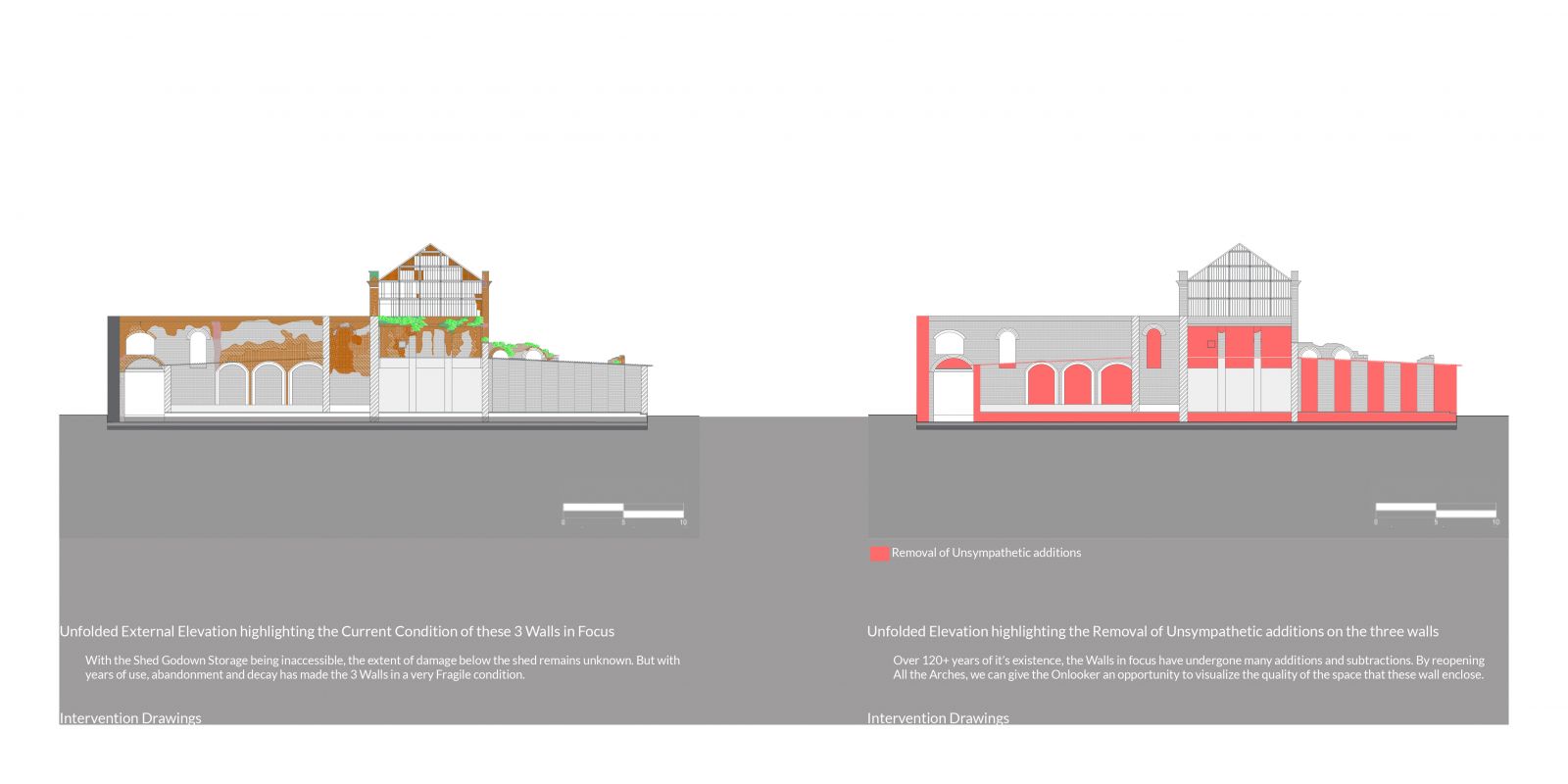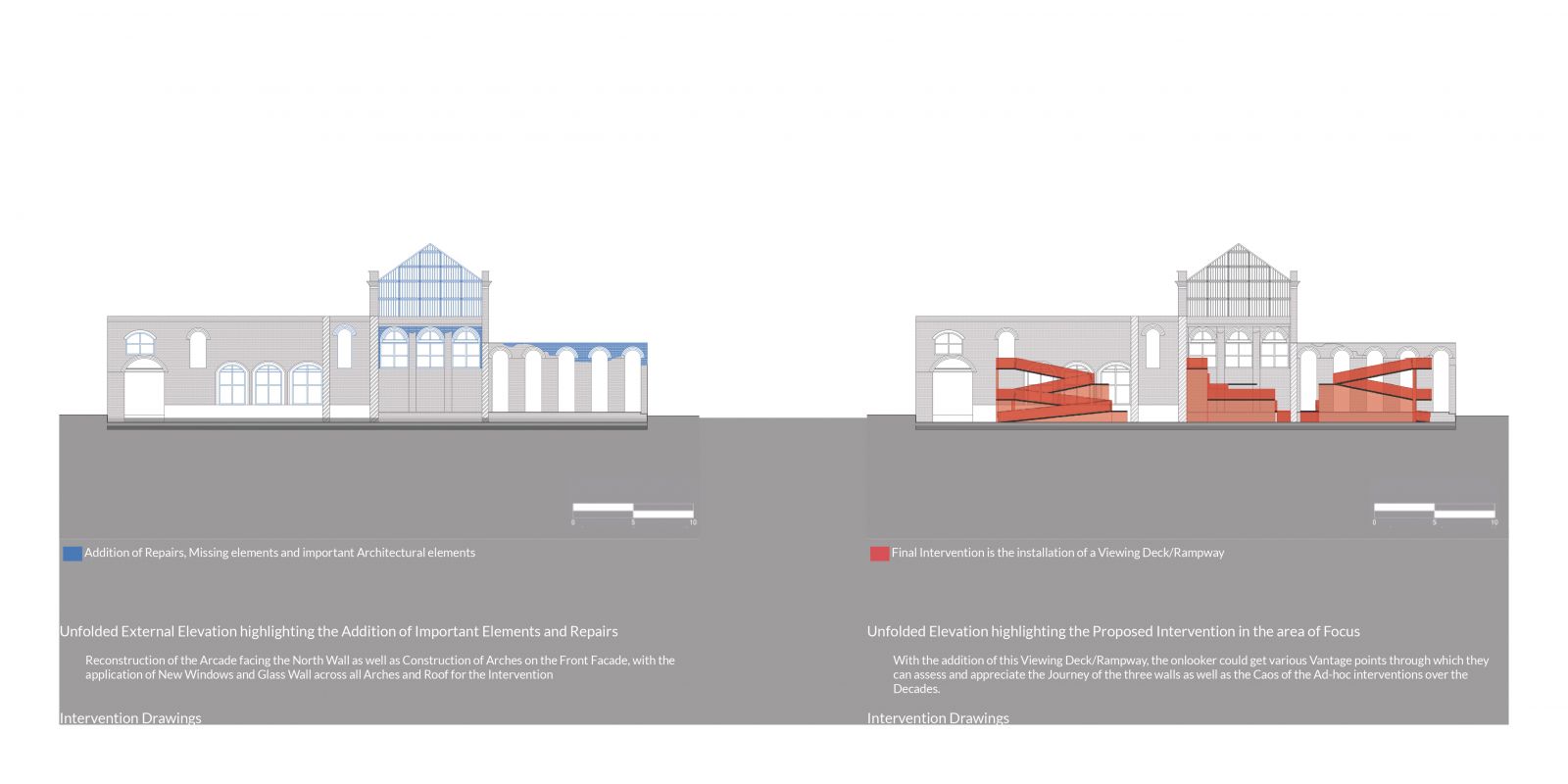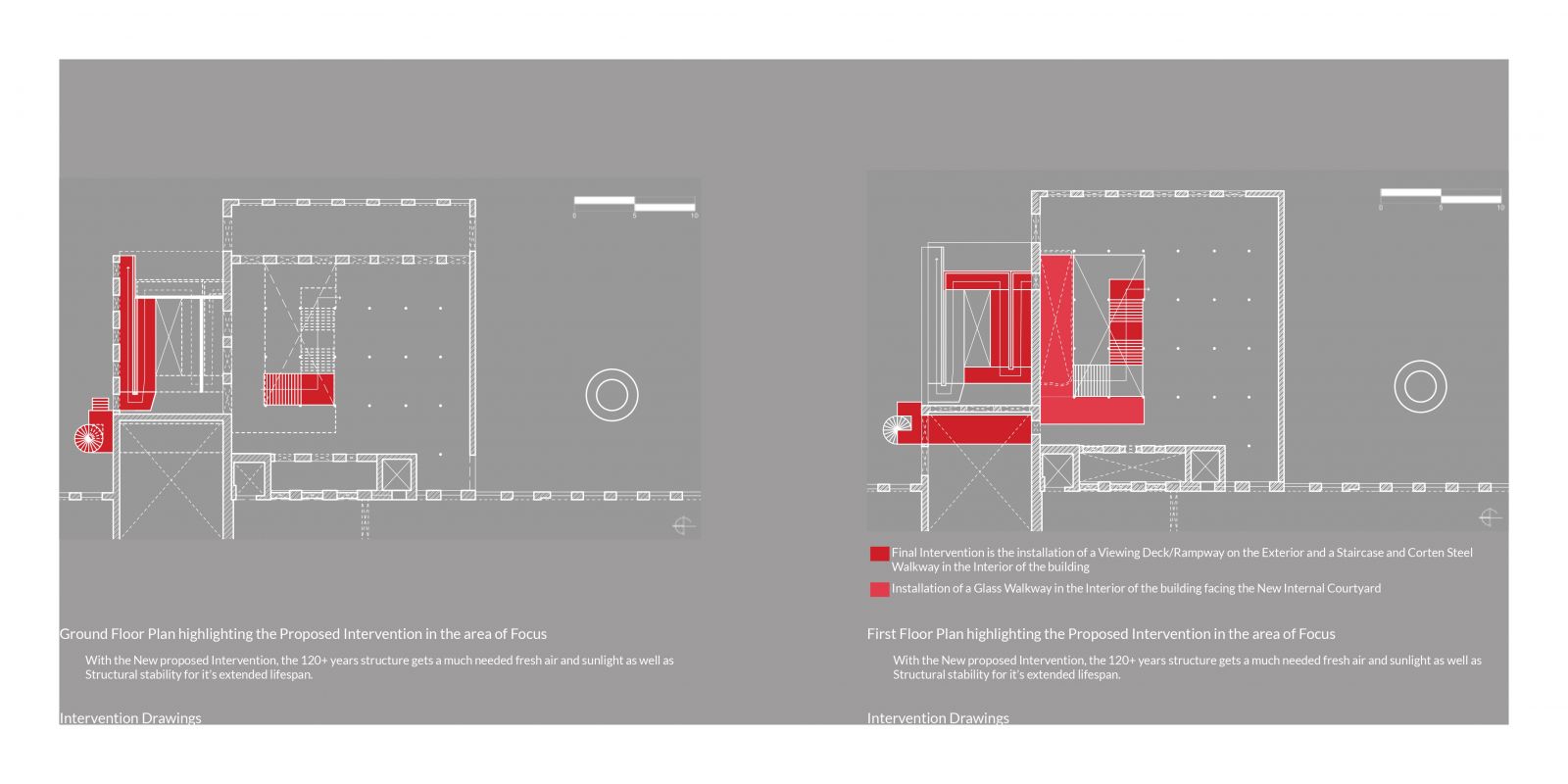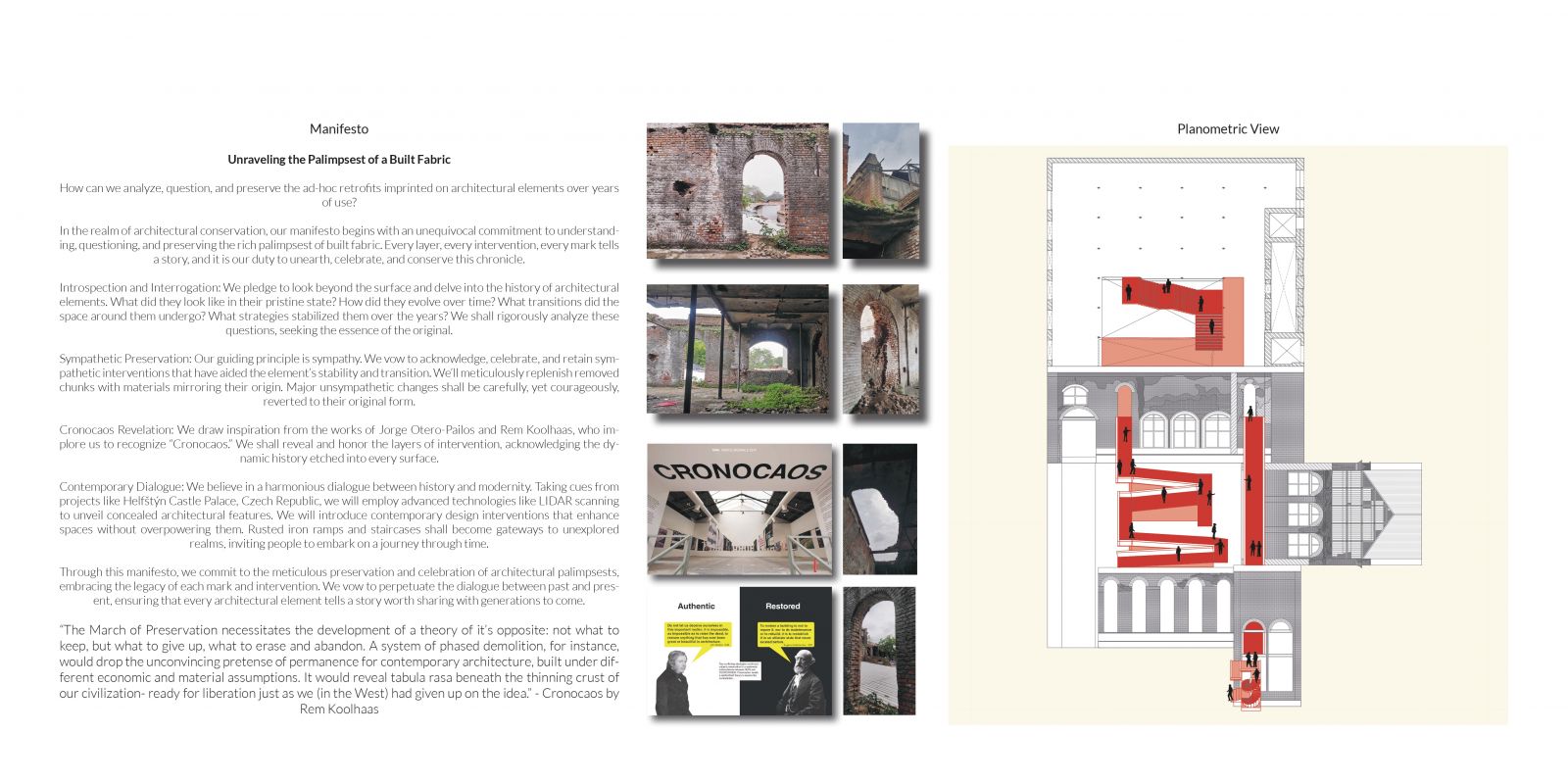Your browser is out-of-date!
For a richer surfing experience on our website, please update your browser. Update my browser now!
For a richer surfing experience on our website, please update your browser. Update my browser now!
The intersection of conservation and architectural intervention is a delicate dance, especially when dealing with structurally fragile buildings like Teliya Mills Building, Ahmedabad. Rem Koolhaas, a renowned architect, explored the complex relationship between architecture, preservation, and time in his Cronocaos exhibition in 2010. Within the context of conservation enthusiasts carefully intervening in fragile structures, Koolhaas’s insights offer valuable perspectives. Conservation enthusiasts grapple with the challenge of preserving the historical integrity of a building while adapting it to contemporary needs. We delve into the idea that preservation itself can become a form of architectural fundamentalism, freezing buildings in time rather than allowing them to evolve organically. This challenges conservationists to embrace a nuanced approach, acknowledging the need for intervention while respecting the original fabric of the structure. In fragile buildings, interventions must be carefully considered to ensure the preservation of both physical and historical aspects. This field prompts conservationists to question the dichotomy between the authentic and the adapted, suggesting that an intelligent intervention can enhance rather than diminish a building’s essence. The delicate balance lies in recognizing the importance of the original structure while acknowledging the evolving nature of human needs and the built environment. In the Teliya Mills building, the Later Addition building was one of the first Structures in India which was constructed with Concrete being used as a structural member i.e. in Flat Arch Slab system. And although the building has undergone tremendous changes in it’s 120+ years of existence, we have to look at the fragility of the building, sympathetic and unsympathetic interventions and then intervene to save the Original built fabric.


